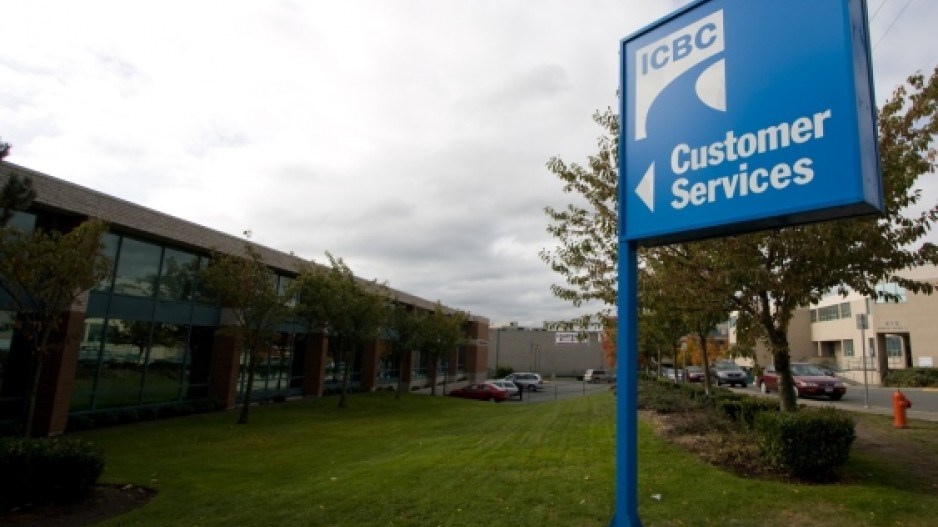ICBC has been given two more weeks to sharpen its pencils before submitting its application for premium hikes, which need to be in the 30% range over two years, according to a recent audit by EY.
The provincial car insurance corporation was supposed to have filed its revenue requirements application to the BC Utilities Commission (BCUC) today, August 31.
But the provincial government has given ICBC two more weeks to make its submission, which may bring a sigh of relief to BCUC commissioners, who have a full plate dealing with a fast-track review of the Site C dam.
ICBC now must file its application for rate hikes on September 15.
B.C. Attorney General David Eby, who is also the minister responsible for ICBC, said the extension will give his government time “to assess ICBC's financial challenges.”
Those challenges were revealed July 24, when EY released a report that concluded the funding gap between revenue and accident claims costs are so wide that ICBC has become unsustainable.
That report was commissioned by the previous Liberal government and ICBC’s board of directors.
Accident claim costs have skyrocketed in recent years, and premium hikes have not kept pace with the increased costs, thanks to rate hike caps implemented by the previous Liberal government.
“This rate of protection [from premium hikes] has eroded ICBC’s financial situation to a point where it is not sustainable,” the report concluded.
ICBC will need to hike insurance premiums 30% by 2019 if the corporation’s structural problems aren’t fixed, the report warned.
But two of the key recommendations for fixing the problem – bringing back photo radar and moving to no-fault insurance – were immediately dismissed by Eby.
Given that the NDP promised in the recent election campaign to limit ICBC premiums, that does not leave the government or ICBC many tools to fix its widening revenue gap, which currently stands at $560 million and is expected to rise to $1.1 billion annually by 2019.
The report pointed out that B.C. has a disproportionately high number of “high-value” vehicles (worth $150,000 or more) that are more costly to repair. It is expected one measure the NDP will suggest is making the owners of luxury vehicles pay higher insurance premiums.
After ICBC has submitted its application, the BCUC will be required to confirm an interim insurance premium rate by Nov. 1, 2017. That is the same date when the BCUC is required to make a final recommendation the $.8 billion Site C dam.




